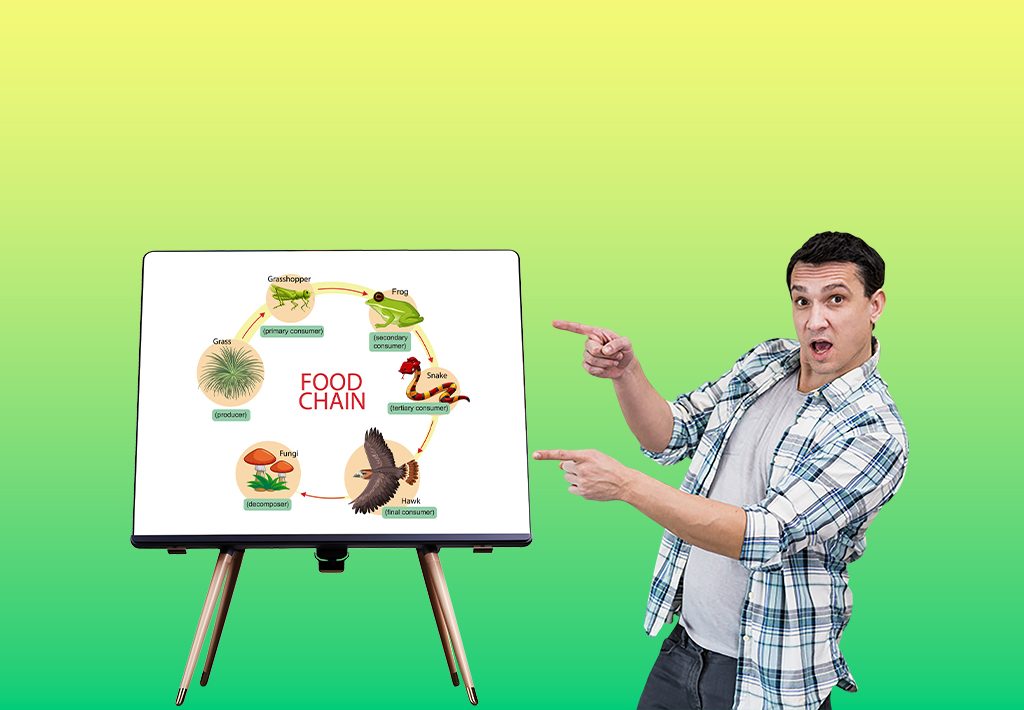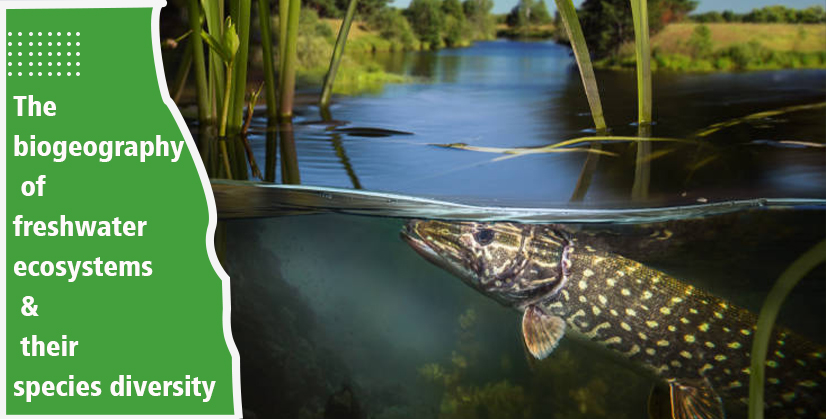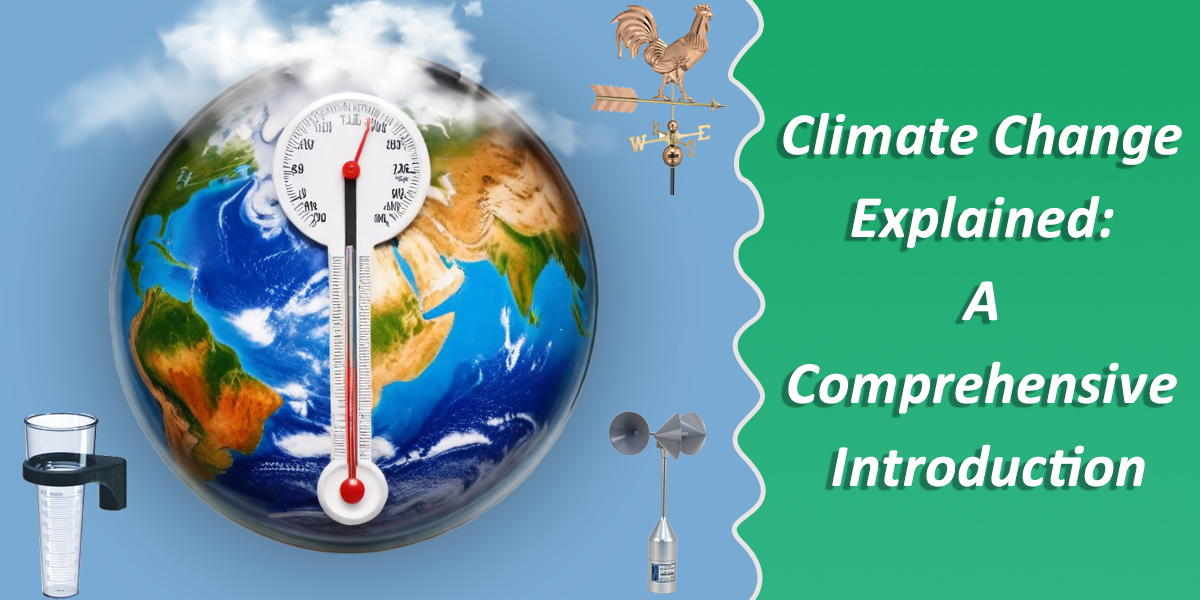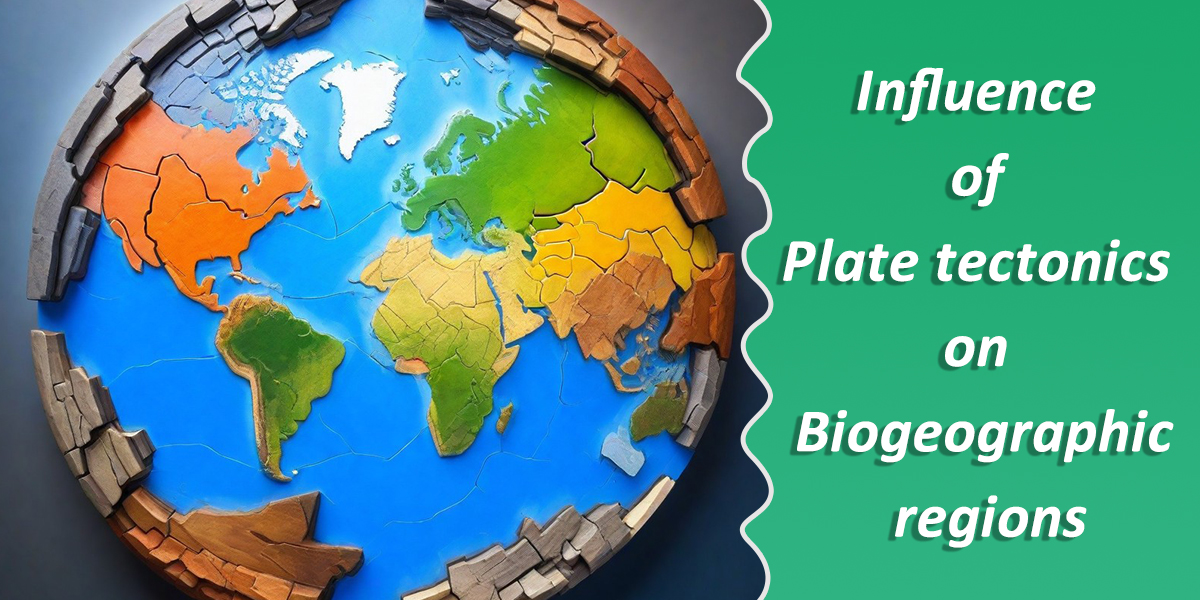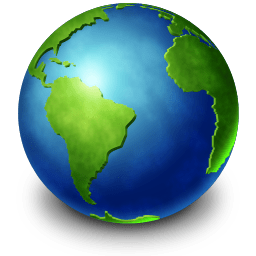Energy transfer in an ecosystem is a fundamental process that sustains life and drives
ecological interactions. It occurs through the interconnected food web and food chain
within an ecosystem. It follows the first law of thermodynamics (Law of Energy
Conservation), specifically the laws of energy conservation and entropy which state that
“energy cannot be created or destroyed but can be transformed from one form to another”.
Energy transfer occurs through the interconnected food web and food chain within an
ecosystem. Let’s examine how energy flows through these systems and discuss their
critical aspects.
- Food Chains: This refers to the linear transfer of energy from one organism to
another in a sequence. In an ecosystem, energy enters primarily from the sun through solar radiation. The food chain typically starts with a primary producer,
such as plants, algae, Phytoplankton, etc. This converts sunlight (Light Energy) into
chemical energy through photosynthesis. This form of energy is then transferred to
primary consumers, which are herbivores such as deer, antelopes, zebras, giraffes,
Squirrels, Caterpillars, and Rabbits that feed on the producers. Energy is passed on by
a series of carnivores (secondary and tertiary consumers) that prey on each other.
The last organism in the food chain is often a top predator or apex predator, which
has no natural predators.
EXAMPLES OF FOOD CHAIN
The following are the examples of a food chain;
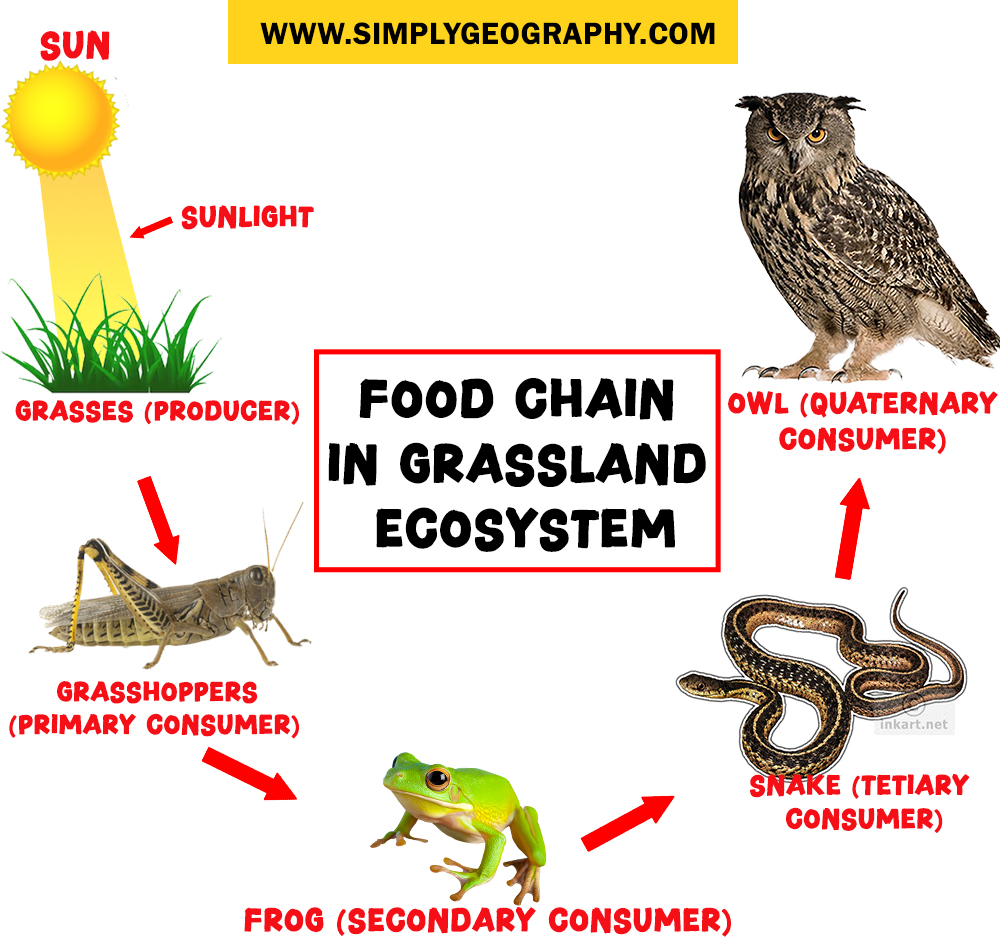
i. Sun → Grasses (Producer) → Grasshoppers (Primary Consumer) → Frogs
(Secondary Consumer) → Snakes (Tertiary Consumer) → Owl (Quaternary
Consumer): In a grassland ecosystem, the primary producers are grasses. They capture sunlight through photosynthesis, converting it into chemical energy. Grasshoppers, as primary consumers, graze on the grass, obtaining energy from the plants.
They are herbivores that rely on plant material as their source of nutrients. Frogs, as secondary consumers, feed on grasshoppers, utilizing the energy stored in the herbivores. Snakes occupy the tertiary consumer level, preying on frogs and gaining energy from them.
Finally, the owls, as quaternary consumers, hunt and consume snakes, thereby, completing the food chain. Each level transfers energy from one organism to the next, sustaining the flow of energy in the grassland
ecosystem.

ii. Trees → Caterpillar → Yellow-billed Shrike → Kestrels: In a forest ecosystem, trees are the primary producers, converting sunlight into energy through photosynthesis. Caterpillars, act as primary consumers, by feeding on the leaves of trees, utilizing the energy stored in the plant tissues.
Birds like the Yellow-billed Shrike (Corvinella corvina), as secondary consumers, consume caterpillars as a source of energy and nutrients. Kestrels (Falco tinnunculus), as tertiary consumers, occupy a higher trophic level, preying on Yellow-billed Shrike. Studying the forest food chain, we can see that the energy flows from the trees to the caterpillars, then to the Yellow-billed Shrike, and finally to the kestrels, demonstrating the transfer of energy in the forest food chain.

iv. Algae → Daphnia (Water Flea) → Small Fish → Heron: In a wetland ecosystem like the ITU wetlands, algae are the primary producers, harnessing energy from sunlight through photosynthesis. Daphnia, or water fleas, as primary consumers, consume the algae, obtaining energy from the plant matter.
Small fishes like the Banded Tilapia (Tilapia zillii), as the secondary consumers, prey on Daphnia, utilizing the energy stored in these primary consumers. Herons species like the Grey Heron (Ardea cinerea), as tertiary consumers, feed on small fish, completing the food chain.
Energy is transferred from the algae to Daphnia, then to small fish, and finally to herons, supporting the energy flow in the pond ecosystem. With all of these examples, we can see that Energy flows from primary producers to primary consumers, and then to higher-level consumers. The transmission of energy sustains the ecosystem by allowing creatures at all trophic levels to thrive, survive, and reproduce.
CRITICAL ASPECTS OF FOOD CHAINS
(a) Energy Loss: Energy is lost as heat during metabolic activities like respiration and digestion and through waste generation at each trophic level. This reduces the quantity of energy accessible to higher trophic levels and reduces overall energy transfer efficiency. For example, when a grasshopper (primary consumer) consumes the plant material, it undergoes metabolic processes to extract energy
from the food. However, a significant portion of the energy is lost as heat during these processes.
This heat is released into the environment, and only a small portion of the energy is used for grasshopper growth, locomotion, reproduction, etc. Also, energy is lost at each trophic level due to waste formation. For example, when a grasshopper excretes waste, it expels energy-rich substances that its body does not absorb or utilize. These waste products contain organic matter, which could have provided energy to other species that are higher-level consumers.
(b) Trophic Efficiency: This refers to the percentage of energy transferred from one trophic level to the other. On average, only about 10% of the energy is passed on to the next trophic level, while the remaining 90% is lost. This inefficiency occurs due to energy used for metabolic processes respiration, digestion, and others.
(c) Biomagnification: In certain cases, bio-magnification can occur in food chains. This phenomenon involves the accumulation of toxins or pollutants at higher trophic levels. Since organisms at higher levels consume a larger quantity of organisms from lower trophic levels, any toxins present in those organisms can become concentrated, posing risks to organisms that are higher-level consumers.
- Food Web: This can be defined as a network of interrelated food chains within an ecosystem. It takes into account the fact that organisms frequently have several feeding relationships, providing for a more accurate and realistic representation of energy flow. Organisms can eat multiple types of prey and there are many types of connections between organisms within ecosystems. The food chain
does not give us a full representation of organisms that we need in an ecosystem, but the food web does that for us. The food web is more complex than a food chain.
EXAMPLES OF FOOD WEB
In a food web, multiple food chains overlap and form a complex web-like structure. This reflects the reality that most organisms have multiple food sources and can occupy different trophic levels simultaneously. Here are examples of a food web:
(i.) Grassland Food Web: In the grassland ecosystem, the grasshopper and rabbit are both herbivores and can feed on grass. The frog can eat grasshoppers or other insects, while the snake can consume frogs or small mammals like mice. The fox, being a predator, can prey on rabbits, mice, or other small animals. The arrows in the food web represent the direction of energy flow
(ii.) Ocean Food Web: The ocean food web is a complex network of interactions among organisms in the marine ecosystem. Phytoplankton and algae, as primary producers, utilize photosynthesis to convert sunlight into energy-rich compounds. These microscopic plants form the foundation of the food web.
Primary consumers, such as small fish and zooplankton, feed on the phytoplankton, obtaining energy and nutrients. Secondary consumers, including predatory fish, squids, and marine mammals, consume the primary consumers to meet their energy needs. At the top of the trophic levels are the tertiary consumers,
represented by large predators like sharks or orcas, which prey on the secondary consumers.
Decomposers, such as bacteria and other microorganisms, play a crucial role in breaking down dead organisms and recycling nutrients back into the food web. The arrows in the food web indicate the direction of energy flow, showcasing how energy is transferred from one organism to another in the ocean ecosystem.
CRITICAL ASPECTS OF THE FOOD WEB IN THE ECOSYSTEM
(a.) Energy Pathways: Food webs represent the complex channels via which energy flows within an ecosystem. Because organisms at different trophic levels are interrelated, energy can flow through several pathways, providing stability and alternative energy sources if one pathway is disturbed. This means that if one pathway is disrupted or disturbed due to a decline in the population of a particular prey species—the predators at that trophic level can shift their focus to other available prey, preventing an imbalance that could negatively impact the ecosystem.
In a wetland ecosystem, when it comes to the relationship between wading birds and their prey. Wading birds, like herons, are secondary consumers that rely on small fish species like Banded Tilapia
(Tilapia zillii), and amphibians as their primary prey. Suppose there is a sudden decline
in the population of small fish due to factors like overfishing or habitat degradation.
This disruption affects the primary pathway of energy flow from small fish to wading
birds.
However, because organisms at different trophic levels are interrelated, alternative energy sources exist within the wetland ecosystem. In response to the decline in the population of small fish, wading birds can shift their focus to other available prey, such as frogs, crayfish, or larger insects. By adapting their feeding behavior and switching to alternative prey, the wading birds can still obtain the necessary energy to sustain themselves. It helps prevent an imbalance in the ecosystem.
(b.) Keystone Species: This can be defined as a species that plays a crucial role in maintaining the balance and stability of an ecosystem. The term “Keystone” is derived from architecture and refers to the central, wedge-shaped stone placed at the top of an arch that locks all the other stones in place. It is called the keystone because it plays a crucial role in maintaining the structural integrity and stability of the arch.
Keystone species may not necessarily be the largest or most abundant, but their removal can have significant impacts on the structure and function of the entire ecosystem. For example, in certain wetland ecosystems like itu wetlands,
Crocodiles like the West African slender-snouted crocodile (Mecistops Cataphractus), West African crocodile (Crocodilus suchus), West African Dwarf Crocodiles (Osteolaemus tetraspis), etc. can be considered keystone species as top predators, crocodiles play a significant role by;
(i.) Population Control: Crocodiles help in controlling the populations of prey species, such as fish, amphibians, reptiles, and small mammals. By preying on these species, they help prevent their overpopulation, maintaining a balance in the ecosystem.
(ii.) Habitat Engineering: Crocodiles modify their habitat by creating nests and burrows along the water’s edge. These structures provide nesting sites for other reptiles and birds, contributing to the overall biodiversity of the wetland.
(iii.) Carcass Recycling: Crocodiles scavenge and consume carcasses playing an important role in nutrient recycling. By consuming dead animals, they prevent the accumulation of decaying matter, which could lead to negative impacts on water quality and other organisms in the ecosystem.
(iv.) Influencing Behavior: The presence of crocodiles in wetlands affects the behavior and distribution of other species. This can lead to changes in feeding patterns, habitat selection, and overall community dynamics.
(C.) Energy Pyramids: This can be defined as a graphical representation that shows the flow of energy through different levels of a food chain or food web in an ecosystem. It is shaped like a pyramid, with the widest part at the bottom and the narrowest part at the top. At the bottom of the energy pyramid is where we have the primary producers, such as plants or algae.
Moving up the pyramid, the next level consists of primary consumers, which are herbivores that eat the primary producers to obtain energy. E.g. rabbits, deer, or insects. Above the primary consumers are the secondary consumers, which are carnivores or omnivores that eat the primary consumers. The energy
pyramid continues with higher levels of consumers, with each level representing organisms that feed on the level below.
The number of organisms and the amount of energy available decreases as we move up the pyramid. At the very top of the energy pyramid is where we find organisms called apex predators, which are typically the top predators in the ecosystem. They have few or no predators themselves.
In conclusion, energy transfer in ecosystems occurs through food chains and food webs. By studying the critical aspects, such as energy loss, trophic efficiency, biomagnification, energy pathways, keystone species, and energy pyramids, we can;
- Understand how energy is transferred from one organism to another within an ecosystem
- To deeply appreciate the ecological interdependence and relationships that keep an ecosystem stable and in balance.
- Identify critical species, such as keystone species, that play vital roles in maintaining ecosystem balance.
- Understand the importance of preserving habitats, protecting biodiversity, and mitigating human activities that disrupt ecological processes.

